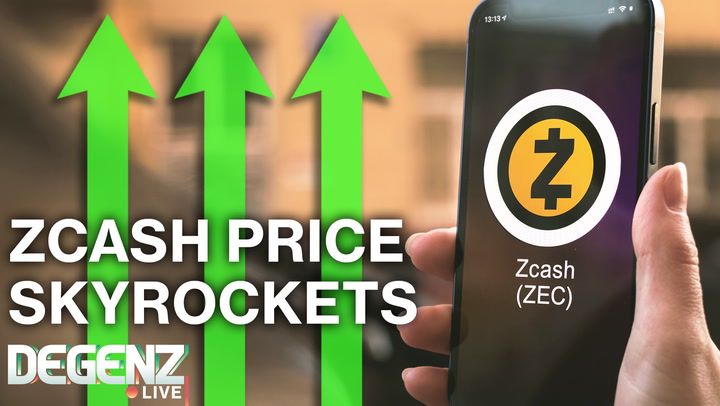Markets Pull Back as Google Taps Polymarket/Kalshi Data; ZEC Pops, Tether Stacks BTC, Virtuals Protocol Joins
Crypto slid while Filecoin and Zcash rallied. Google will surface Polymarket/Kalshi predictions, Tether bought $97M in BTC, and Virtuals Protocol’s EverythingEmpty joined the show.

Because Bitcoin
November 7, 2025
A red day for risk met a bigger signal for crypto’s data plumbing: Google plans to surface prediction market information from Polymarket and Kalshi. Prices faded, but the information layer just got a mainstream distribution rail.
Market snapshot - Bitcoin fell 3% to $99,800; Ethereum slipped 4% to $3,210 - Binance Coin eased 1% to $933; Solana dipped 3% to $152 - Outperformers: Filecoin +50%, Zcash +20%, Internet Computer +20%, NEAR Protocol +18% - Crypto equities tracked lower: MicroStrategy -7%, Coinbase -7.5%, Robinhood -11%, Iris Energy -11%
Policy, models, and balance sheets - Donald Trump reiterated a pro-crypto stance, calling the U.S. a “Bitcoin superpower” and pointing to competition from China - JPMorgan pegged Bitcoin’s “fair value” near $170,000 via a gold-based framework - Tether bought $97 million of Bitcoin on the dip, consistent with its approach of allocating 15% of profits to BTC - Robinhood is weighing adding Bitcoin to its corporate balance sheet - On the builder front, Base lead Jesse Pollack introduced “Jessexbt,” an AI agent to field questions on the Base ecosystem
The signal to watch: Google’s prediction-market integration Surface-level take: more eyeballs on market odds. The deeper read is how distribution changes the reflexivity loop between information, positioning, and price.
- Data credibility mix: Kalshi operates under U.S. derivatives oversight, while Polymarket is crypto-native and has navigated regulatory scrutiny. Pairing their feeds under a single discovery surface nudges event markets from niche to reference data for a broader audience, without declaring one canonical source. - Liquidity and fragility: When odds become high-traffic artifacts (search, widgets, voice), flows can accelerate into thin books. That can compress information lag but also amplify noise. Traders may find “odds squeezes” around catalysts behave more like perp funding dislocations—quick, tradable, and mean-reverting unless supported by depth. - Incentive alignment: If prediction odds start steering headlines, marginal actors may try to game prices to influence sentiment. This raises familiar oracle and manipulation concerns. The counterweight is transparent markets with verifiable volumes; Kalshi’s regulated rails and Polymarket’s on-chain traces provide auditability, even if methodologies differ. - Adoption bridge: For institutions that hesitate to touch tokens, consuming event-market data via Google is a low-friction way to bring crypto-adjacent signals into research stacks. That reduces the “career risk” of referencing on-chain sentiment while keeping compliance guardrails intact. - What it means for tokens: Odds feeds tend to sharpen around macro, elections, and rate paths. That flow can bleed into crypto via BTC’s macro beta and into narratives that lift idiosyncratic names (e.g., privacy or data-infrastructure tokens). The rally in Zcash (+20%) today isn’t directly tied here, but it illustrates how attention rotates into high-beta corners when a fresh information narrative hits.
Why it matters now - The market is negotiating conflicting impulses: dip buying by balance-sheet actors (Tether; potential Robinhood) and a risk-off in crypto equities; a valuation anchor from JPMorgan at $170K; and political signaling that keeps digital assets in the national conversation. - If Google maintains and expands these feeds, we should expect faster convergence between crowd-expressed probabilities and trading heuristics across both TradFi and DeFi. That tightens the feedback loop—and increases the premium on liquidity discipline around big events.
Programming note: this episode also features a segment with Virtuals Protocol and EverythingEmpty—timely given the rise of agentic tools like “Jessexbt” reshaping how users query ecosystems.
The tape was weak; the data pipes advanced. Traders will likely adapt faster to information velocity than price suggests.
